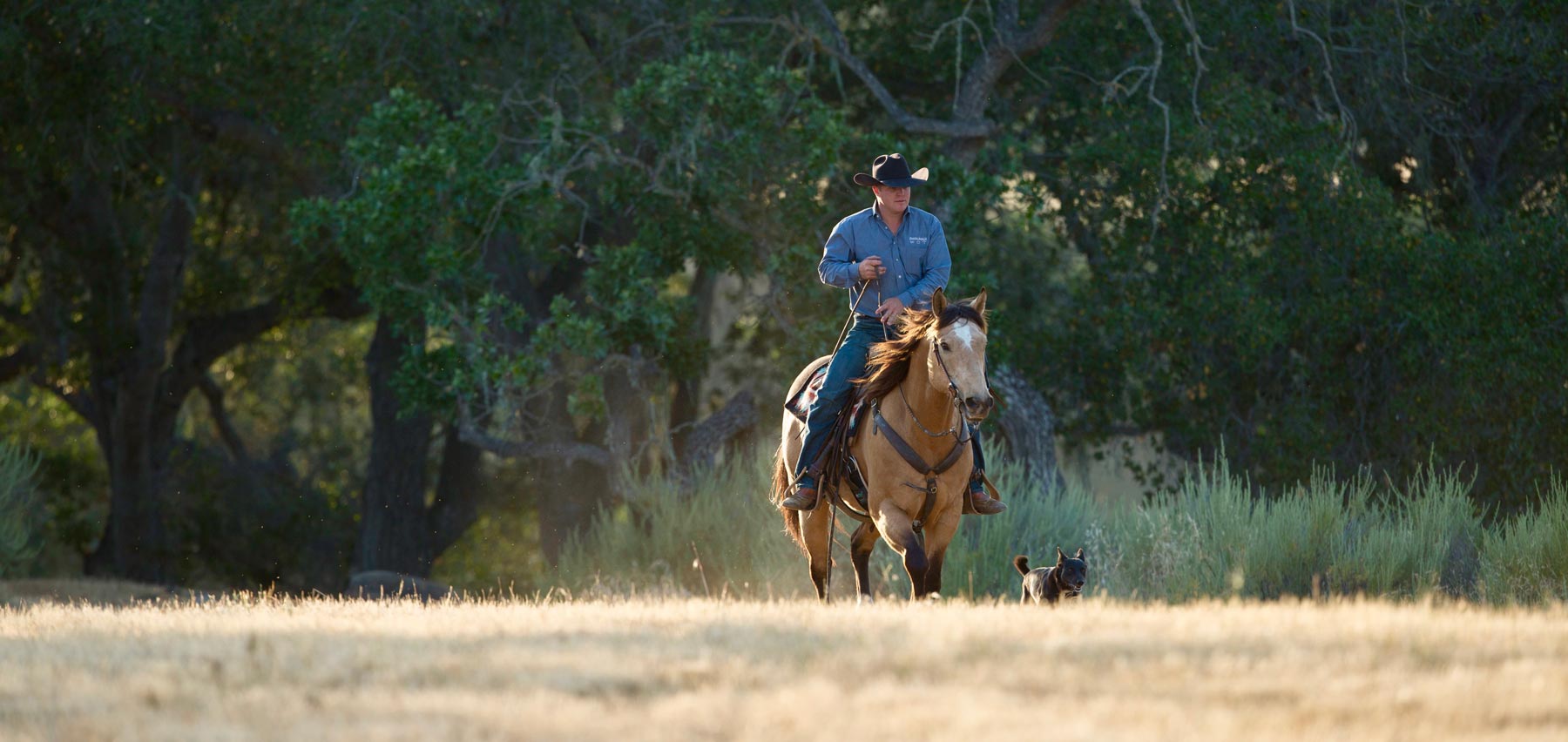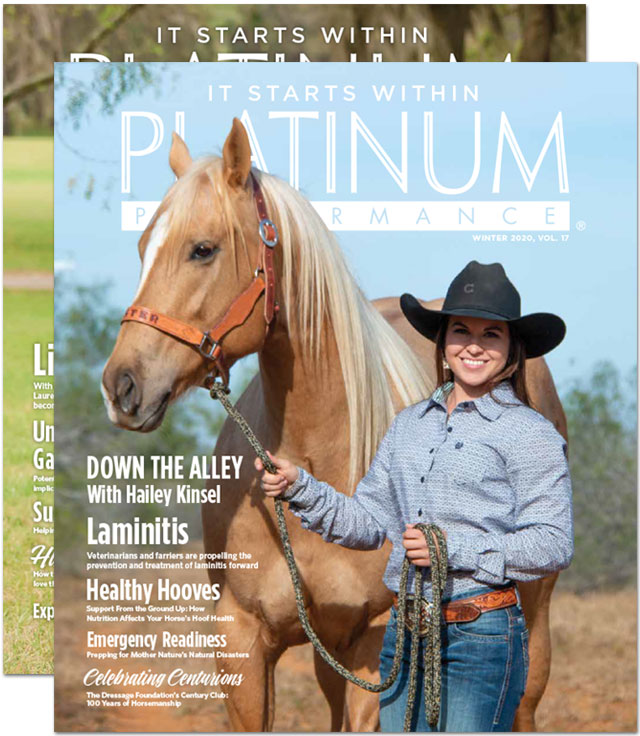The Trials, Tribulations And Value Of The Working Cow Dog
There’s a reason the dog has been known throughout history as “man’s best friend.” Shaggy had Scooby Doo to help him debunk monsters. Charlie Brown had Snoopy to assist him in life’s great adventures. Turner had Hooch beside him in the fight against crime. Even little Timmy had Lassie to bail him out of the trouble. For centuries, dogs have been loyal, compassionate and dedicated companions to their human counterparts. Time and time again, they have created an unbreakable bond with the humans they love. They’re protectors, helpers, hunters, lifesavers and in many cases, they’re simply the companions whose constant presence reassures and comforts us. In actuality, the phrase “man’s best friend” came from a Supreme Court ruling in 1870, when a lawyer named George Vest sued his neighbor for shooting his beloved coon hound. Vest famously stated, “The one absolute, unselfish friend that man can have in this selfish world — the one that never proves ungrateful or treacherous — is his dog.” Vest won the case as every man in the courtroom agreed with his statement and even today, though life has changed, this fact remains true. Police dogs track suspects, seeing-eye dogs lead the blind, guard dogs keep their owners protected, and in the western way of life, working cow dogs help ranchers move cattle. One such rancher, Seth Scribner, who manages a few thousand cows on a couple hundred thousand acres, states, “We very seldom go anywhere without dogs. I’m always taking them, and whether it’s just the way we’re programmed or not, they’re helping us in some fashion. It’s amazing how you might be doing something one minute and then you’ll see a cow that needs attention, and pretty soon you’re gathering them back to the corrals with just you, your dogs and your trailer.”
The job of a working cow dog sounds simple, moving cattle from one point to the next, but nothing about this responsibility is easy. An average cow dog weighs 40 to 50 pounds, yet they’re responsible for moving 1,400-pound cattle, some of which may be aggressive, especially if they are mother cows protecting their babies. There are many risks for the dogs, including getting stepped on, run over or even kicked. Besides the dangers of working with the actual cattle, these dogs are also working in extreme temperatures and on treacherous terrain — be it steep mountains, brushy hillsides or worse, rattlesnake country. And all of this never slows these dogs down. They live for their work. They enjoy it as much as their ranching partners, staying by their side from dawn until dusk, constantly waiting for the next chance to run into the herd and help. The rancher rests assured that with his trusty dog by his side, the daily challenges that come with working on a cattle ranch can always be accomplished. These dogs are truly the definition of a rancher’s best friend.

Cow dogs live for their work. They enjoy it as much as their ranching partners, staying by their side from dawn until dusk, constantly waiting for the next chance to run into the herd and help.
The Working Cow Dog
Just like different breeds of horses excel in unique disciplines, certain breeds of dogs are better at gathering cattle compared to others. These dogs are referred to as herding dogs because of their instinctual ability to control the movement of animals. These breeds are so passionate about herding that they don’t usually make good family pets because they will try to move and gather whatever is put in front of them. One of the oldest and most popular breeds of dogs used for herding is the Border Collie. However, many ranchers prefer a crossbred cattle dog, so they can capture the best characteristics from a variety of breeds. Scribner explains, “We tend to use a lot of crossbred dogs to get a few different attributes. The Border Collie influence brings intelligence, but they don’t have the heat tolerance that it takes to get through the summer days. McNabs are a little bit better than that; then we try to add just a little bit of Catahoula influence into them. It shortens the hair length on those dogs, so that foxtails don’t create quite as much of a problem for them. It gives them a little more wind, and then also gives them a nose to where they have the ability to track.” All of these mental and physical talents combined create a phenomenal working cow dog for the rancher to rely on. Ranchers go to great lengths to make sure their canine companions have all the natural ability and instinct they need to be successful on the open range. They know that without their reliable dogs, they won’t be able to get their day’s work done.
Working Cow Dog Commands
The communication between a rancher and his dog is very universal around the country. Some of the most common commands a rancher uses to communicate with his dog:
- Walk up – move toward the herd in a slow and steady fashion
- Come by – move around the stock in a clockwise direction
- Away – move around the stock in a counter-clockwise direction
- Lie down – much like sit and stay, this command directs the dog to lie down wherever he is
- Here – this is a call for the dog to come to the rancher
- Get Back – just as it sounds, this is a command to give the herd more room
A Dog’s Unique Role
Most business owners would agree that finding hard-working and trustworthy employees can be a challenge, and the ranching industry is no different. That’s why ranchers partner with their dogs, and why they trust their dogs with their entire livelihood. Scribner states, “In today’s labor situation where help is harder and harder to find, dogs can help just as much as people.” He goes on, “It would be very tough to do what I do with the cattle without my dogs for the simple fact that I use them constantly when I’m by myself.” With a trusty cow dog by his side, the rancher feels complete because he knows that together with his dog, they can handle any situation the day brings, whether it is finding a missing cow or moving a sick or injured cow up to a pen — the working cow dog is there to help.
Another benefit of working with dogs is that they are able to follow cattle into places that their human counterparts can’t physically get to. “There’s a lot of places where you can be the best rider in the world and your horse just physically can’t go there yet a dog can. They function in all the places where you couldn’t get a horse into,” explains Scribner. Picturing the rugged outdoors, steep mountains, rocky hillsides and brushy terrain that makes up many western ranches, it’s no wonder that a rancher would rely so heavily on his dogs to flush out cattle.
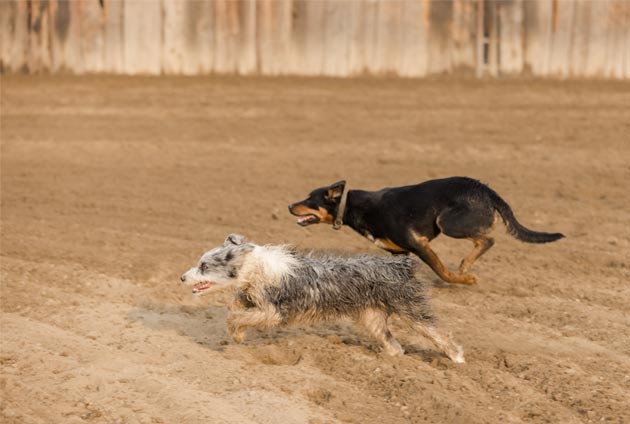
“There's a lot of places where you can be the best rider in the world and your horse just physically can't go there, yet a dog can. They function in all the places where you couldn't get a horse into.”
Seth Scribner Ranch Manager and Working Dog Breeder
Instinct Versus Trainability
The practice of training a working cow dog is a highly sought-after talent that not all ranchers possess. Seeing its importance and the time it takes to make a finished cow dog, it’s not surprising that ranchers will travel hundreds of miles to put their puppy in training or purchase a finished full-trained dog for tens of thousands of dollars. “It’s usually not until dogs are around two years in age before they’re fully mature, dependable and considered part of the working string,” says Scribner. One of the most coveted working cow dog sales on the West Coast is Red Bluff’s Annual Bull and Gelding Sale, where the top selling dogs go for upward of $40,000. Ranchers come from all over California, Nevada, Oregon and Washington to look for their next ranching partner at this prestigious event.
The biggest challenge for working cow dog trainers is not the dog’s willingness to be trained but rather refining the natural instincts of the dog. Scribner explains, “You select genetics and types of dogs that are naturally inclined to do the work, then you use your training to teach them when to go, when to stop, when to lay down, when to walk up and every other necessary skill.” He goes on, “We treat the genetics a lot like ranch horse genetics; we try and select animals that have the right heritage or lineage.” If a dog has the natural ability, desire and willingness to get the job done, then there is much less for the trainer to teach.
The obvious natural instinct of a herding cow dog is to move animals. The way they do this is by reading the animals, understanding where they’re going to go and when. Part of their talent, and what a trainer helps to refine, is how they apply pressure to the cattle. Scribner explains, “They need to have some rate, and that rate is the same thing you’ll see in a cow horse where it can get its job done, but it also knows how much speed and intensity to apply at any given time. Obviously, if the dog comes in too hard or too quick it can overly excite cattle. A dog has to have the right rate and keep adequate distance between themselves and the cattle and only engage when they need to. The whole idea is to competently and quietly control the stock.” These dogs are so passionate about their work that they have to be taught to slow down a little. Take the example of a child eating popcorn: they love it so much that they try to eat it so fast and risk choking. The same is true for a working cow dog. They love their work so much that they have to learn patience and discipline to perfect their herding instincts and keep the herd quiet and safe.

“I feed Platinum to my working dogs because they do a tough job, and I want to support them for the long haul.”
John Hay Working Dog Breeder
Caring For A Rancher’s Best Friend
The life of a working cow dog can be adventurous and demanding. They receive a high protein, high energy dog food to support their health and recovery during their long days on the ranch, and many ranchers supplement with a comprehensive wellness supplement like Platinum Performance® Canine to ensure they’re getting everything they need. John Hay, another cattle rancher and friend and partner to Scribner states, “I feed Platinum to my working dogs because they do a tough job, and I want to support them for the long haul.” Along with supporting their total body health, this formula helps to ensure they’re getting electrolytes on those 90 to 100-degree days, while supporting a healthy immune system, so these dogs can feel their best every day.
Maintaining joint health is also key in keeping a working cow dog going strong and feeling good. Being on their feet all day and running across the open terrain, through rivers and streams and up mountain tops can take its toll on a dog’s joints. Seeing that a rancher wants to help his canine counterpart to stay strong and healthy for as long as possible, many ranchers choose to supplement with Platinum Performance® Canine CJ to further support healthy joints. This formula provides all the benefits of the Platinum Performance® Canine Wellness and also helps support joint health for active and athletic dogs. Hay explains, “I have an older dog that just loves to work and gets upset if I don’t take her with us in the morning. So I feed her the Platinum Performance® CJ to help keep her joints healthy, hoping to give her more longevity.” A cow dog’s prime working years are very limited. Most dogs are retired from the string by the time they are 6 or 7 years of age, so if there are any practices ranchers can do to lengthen this time of service, like providing a strong joint-supporting formula, rest assured that they are going to do it.
Herding Dog Breeds
Australian Cattle Dog: Also known as the Queensland Heeler or Blue Heeler, these quiet dogs are fiercely protective and carry a more confident and aggressive demeanor. As their name implies, they herd by focusing on the heels of animals.
Australian Kelpie: Originating from the Collie, this breed was developed to withstand the harsh heat and dry conditions in Australia. They are known to be extremely tough and strong.
Beauceron: One of the larger breeds of herding dogs, they’re known to be intelligent and able to work long hours at a time. These bold and gentle protectors make great guard dogs as well.
Belgian Malinois: An intelligent and assertive dog known for its keen sense of smell and protective nature. These dogs have gone far beyond working cattle to detecting narcotics and explosives for K-9 units.
Black Mouth Cur: Bred for their stable and reliable temperaments, these dogs have a strong sense of smell and are also great for hunting.
Border Collie: One of the oldest and most intelligent breeds of dogs and known to be extremely energetic and athletic.
Catahoula: A hardy breed used to hunt with their long nose and herd with their unique style. They have a natural instinct to create a “canine fence” around a herd to control them.
McNab: A newer breed of dog originating in the Northwest from a specific line of Border Collies bred to withstand the tough conditions found in California, such as heat, burrs, foxtails, and rugged terrain.
The Value of A Good Companion
It’s hard to put into words how much the working cow dog means to its rancher. These dogs are a part of their ranching families, working long hours every day to put food on the family table. They love their jobs, and nothing could stop them from being at their rancher’s side. Loyal and trustworthy, they share a passion for working cattle that only the rancher could understand. It’s in their blood. Scribner concludes, “I’ve been approached to sell some of our good dogs, and regardless of the price, we rely on them so much. It’s hard to even put a value on them.” They go above and beyond every day proving once again that they are a rancher’s best friend. A rancher would be lost without his dog, and the same is true for the working cow dog — he would be lost without his rancher.

by Lindsey Stornetta,
Platinum Performance®
You May Also Like
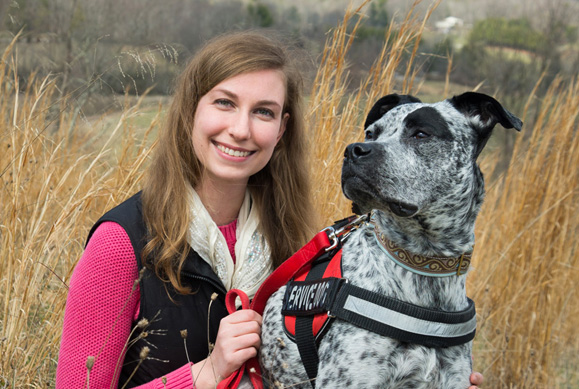
A Companion with a Cause
A celiac service dog 'heralds' life changes for veterinary student; The process of finding and training him.
Read More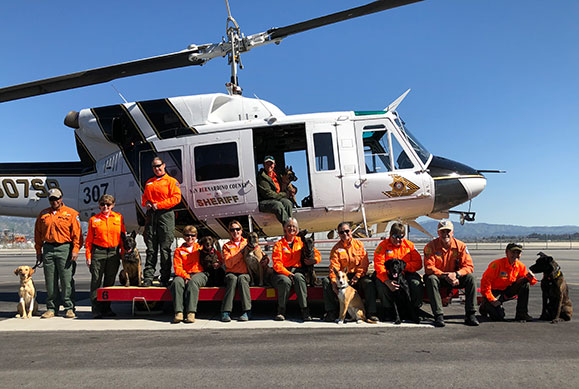
The San Bernardino Sheriff’s Search Dog Team's Elite Unit
This California-based team has evolved into one of the nation’s top units, saving lives with incredible skill and dedication.
Read More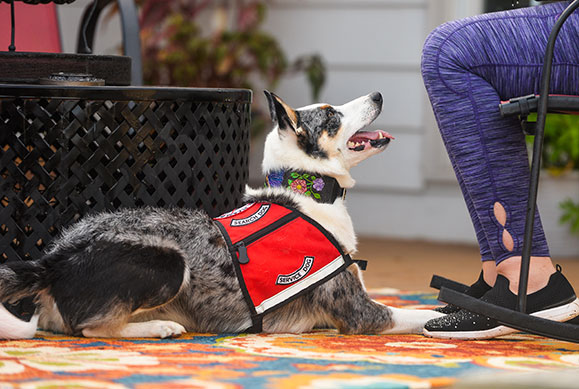
At Your Service: Seizure Service Dogs Impact Owners’ Lives
Seizure response and seizure alert dogs are uniquely capable of assisting and supporting people with epilepsy.
Read More